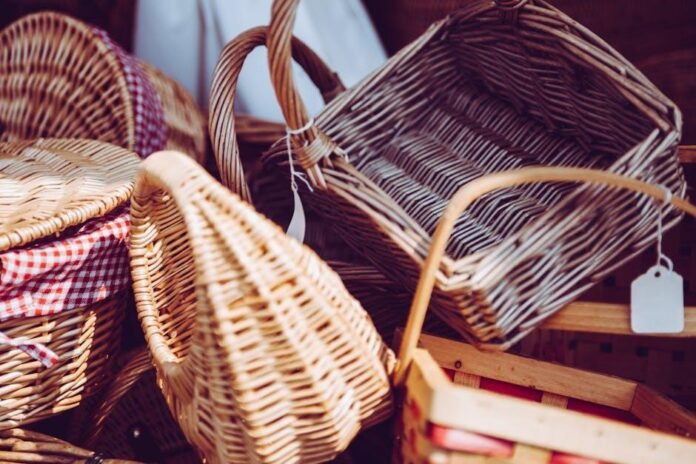In a world increasingly aware of its environmental footprint, the quest for sustainable living has inspired a wave of creativity in the realm of fabric crafts. Welcome to the vibrant universe of eco-kind fabric crafts, where inventiveness meets responsibility. As we bid farewell to plastic and its persistent presence in our lives,makers and crafters are discovering innovative ways to repurpose natural fibers,upcycle materials,and create stunning pieces that not only beautify our homes but also honor our planet. This article will explore the myriad possibilities within eco-friendly fabric crafts, offering practical tips, inspiring projects, and a closer look at how these endeavors can foster a deeper connection with nature. join us as we embark on a crafting journey that embraces sustainability and creativity, proving that art can indeed be a powerful tool for change.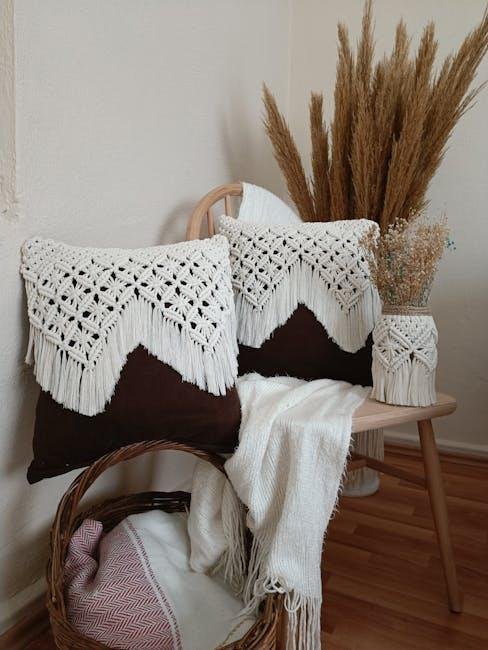
Exploring Sustainable Fabric Options for eco-Conscious Crafters
As eco-conscious crafters, selecting the right fabric goes beyond aesthetics; it reflects our commitment to the environment. Sustainable fabric options enable crafters to create gorgeous projects while minimizing thier ecological footprint. Consider these materials for your next craft project:
- Organic Cotton: Grown without harmful pesticides or fertilizers,it’s soft,breathable,and ideal for a wide range of crafts.
- Hemp: A durable and fast-growing plant, hemp fabric is naturally resistant to mold and UV light, making it a practical choice for outdoor projects.
- Bamboo: Known for its soft texture and antimicrobial properties, bamboo fabric is a renewable resource that requires little water to produce.
Exploring option fibers can open up a world of creativity while supporting sustainable practices.Here are some innovative options that showcase versatility:
| Fabric Type | characteristics | Best Uses |
|---|---|---|
| Recycled polyester | Durable, water-resistant | Activewear, bags |
| Tencel (Lyocell) | Soft, breathable, biodegradable | Clothing, home decor |
| Linen | Strong, lightweight, breathable | Garments, table linens |
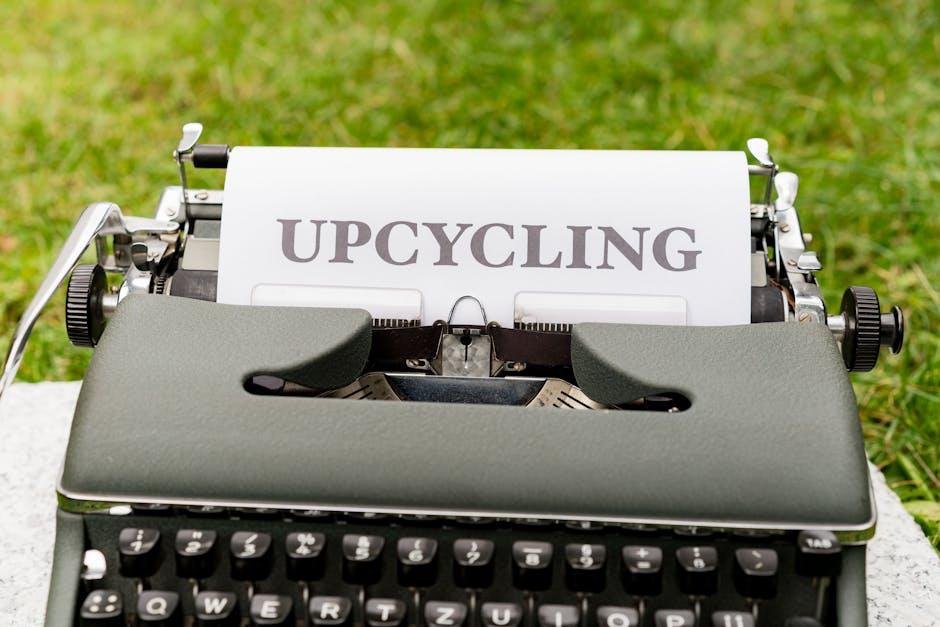
Innovative Techniques to Transform Waste into Beautiful Crafts
Transforming waste into beautiful crafts not only reduces environmental impact but also ignites creativity in each project.By reimagining discarded materials, we can craft stunning pieces that tell a story. One innovative approach is to utilize fabric scraps or old textile remnants, turning them into colorful patchwork designs. These patches can be sewn into items like bags, cushions, or even wall art, showcasing individual flair while promoting sustainability. Consider incorporating techniques such as:
- Boro stitching – a traditional Japanese method that embraces visible mending with layered textiles.
- Quilting – combine various fabric pieces to create functional and eye-catching patterns.
- fabric weaving – repurpose ribbons and textiles to create unique woven creations.
Another captivating technique involves using plastic waste to create vibrant crafts that are both eco-friendly and visually appealing. By melting down plastic bottles or wrappers, you can produce beads or embellishments for accessories, from necklaces to keychains. This not only gives a new life to materials typically seen as trash but also paves the way for discussions around waste management and consumer habits. For anyone eager to explore this avenue, here are essential tools and materials you’ll need:
| Item | Purpose |
|---|---|
| Scissors | Cut fabric and plastic into desired shapes. |
| Hot glue gun | Secure pieces together for various projects. |
| Sewing machine | Fasten fabric pieces for durable crafts. |
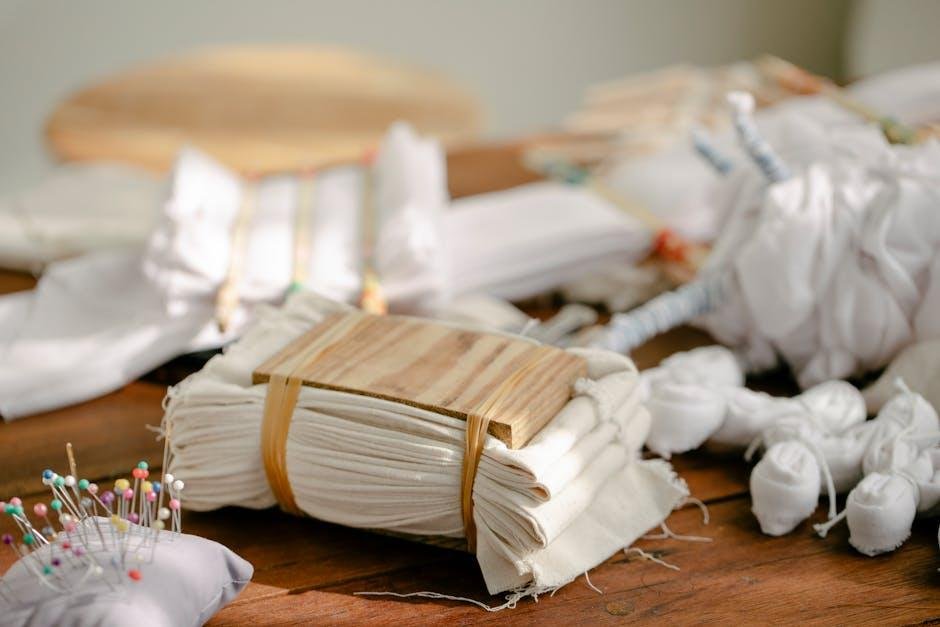
Essential Tools and Resources for Eco-Friendly Fabric projects
Embarking on eco-friendly fabric projects not only nurtures creativity but also contributes to a sustainable future. To get started, having the right tools is essential. Sewing machines designed for fabric recycling or those that feature energy-saving modes can make your crafting more efficient. In addition, consider investing in rotary cutters, reusable fabric scissors, and biodegradable sewing threads. These tools not only enhance your crafting experience but also ensure that your project aligns with eco-conscious practices. Here are some must-have supplies for your eco-friendly toolkit:
- Sustainable Fabrics: Look for organic cotton, linen, or reclaimed textiles.
- Eco-Friendly dyes: Natural dyes made from plants, fruits, or vegetables.
- Reusable Crafting Tools: Opt for tools that eliminate single-use plastic options.
- Fabric Glue Sticks: Non-toxic, washable fabric adhesives for secure bonding.
Using these tools and resources can significantly enhance your crafting process while keeping environmental impact in mind. It’s also beneficial to keep track of your materials and projects. Below is a simple table to help you organize your supplies and plan your eco-friendly fabric projects effectively:
| Item | Purpose | Eco-Friendly Alternative |
|---|---|---|
| Regular Thread | Sewing fabric pieces together | Biodegradable Thread |
| Conventional Adhesives | Bonding fabrics | Natural Fabric Glue |
| Plastic Rulers | Measuring fabric lengths | Wooden or Metal Rulers |
| Disposable Cutters | cutting fabric | Reusable Rotary Cutter |
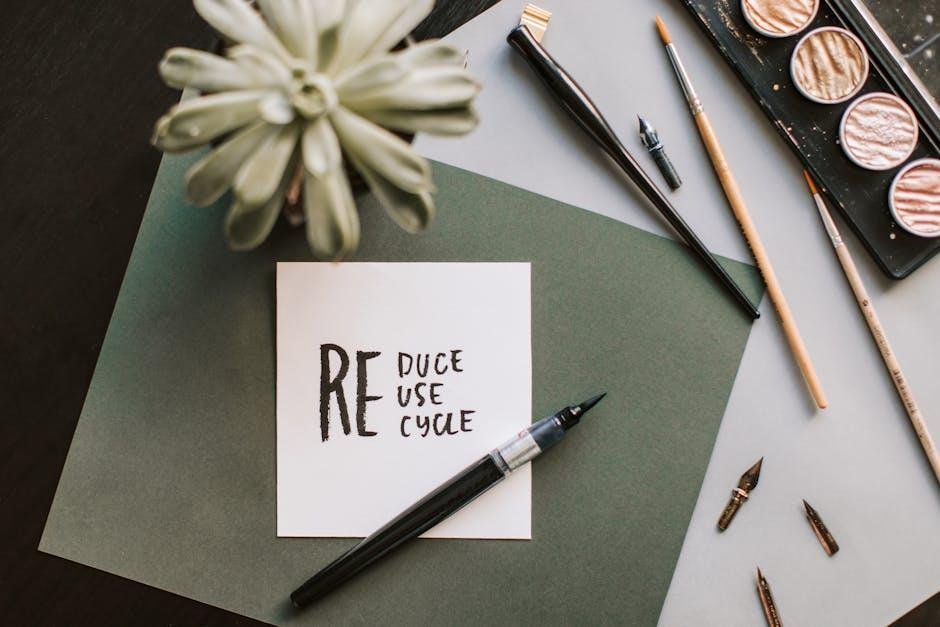
Inspiring DIY Ideas to Reduce Plastic and Embrace sustainability
Transitioning to an eco-friendly lifestyle doesn’t have to be daunting. One of the most inspiring DIY opportunities lies in fabric crafts, which allow you to create beautiful and functional items while reducing plastic waste. By repurposing old clothes, linens, and fabric scraps, you can craft a multitude of products that are not only sustainable but also add a personal touch to your home. Here are some creative ideas to spark your imagination:
- Reusable Produce Bags: Stitch together small pouches from cotton fabric to replace plastic bags at the grocery store.
- DIY Tote Bags: Transform an old pair of jeans into sturdy tote bags for shopping or carrying books.
- Scrap Fabric Coasters: Use leftover fabric to make colorful coasters to protect your surfaces and reduce waste.
- Patchwork Picnic Blankets: Sew together bits of fabric to create a unique and functional picnic blanket.
Not only do these DIY projects help eliminate plastic products from your daily life,but they also encourage creativity and skill development. If you’re ready to dive into fabric crafts, consider organizing the supplies you’ll need by creating a simple table:
| Supplies | Purpose |
|---|---|
| Old Fabrics | Primary material for crafting |
| Scissors | To cut fabric into desired shapes |
| Sewing Kit | For stitching pieces together |
| Iron | To smooth out fabric before crafting |
The Way Forward
As we wrap up our journey into the vibrant world of eco-friendly fabric crafts, it’s clear that creativity and sustainability can go hand in hand. By embracing natural materials and techniques, we not only breathe life into our projects but also contribute to the health of our planet. The transition away from plastic and synthetic fibers might seem daunting, but with a little imagination and resourcefulness, we open doors to a plethora of sustainable possibilities.
So, whether you’re stitching a soft cotton tote, weaving a vibrant tapestry, or upcycling old textiles into something new, remember that each choice you make contributes to a larger movement towards environmental consciousness. Let your creations speak for both artistry and advocacy, inspiring not just yourself, but also those around you to cherish and protect our Earth.
As you embark on your crafting adventures, consider the legacy you wish to leave behind. With every piece you create, you’re taking a stand—one stitch at a time—against plastic and waste. Together, let’s craft a future that is not only beautiful but also kind to the planet we call home. Happy crafting!
